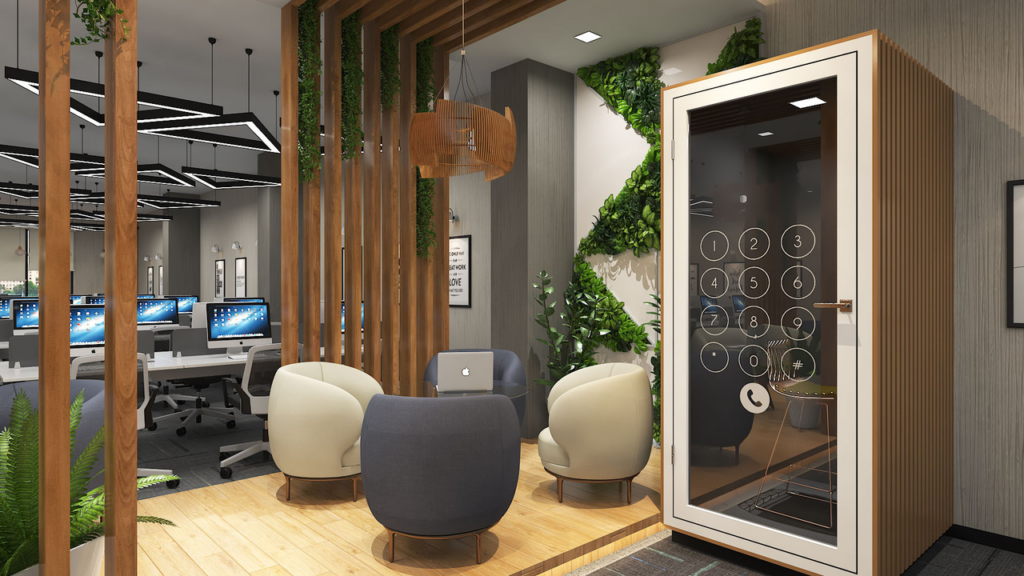We are living in an era where technologies are changing at tremendous speed, and innovations in every sector are redefining every aspect of our lives. For instance, robots are cleaning our homes, automatic care are all around, and a lot of other things to count. Just like other industries, the interior design industry is also keeping its pace with digitization and with the evolution of technologies like AI, AR and V4R, 3D printing, and the Internet of Things, modern designers are stepping into this transformation to create wonders like never before.

Traditional ways of interior designing and processes have been replaces by advances technology that enhances creativity, making it easier to turn concepts into reality. Interior designers now have access to software and digital tools that allow them to visualize and share their concepts better. The available powerful tools and versatile online libraries can be accessed instantly to offer industry-specific functionality. Once the designers create drawings, they can share them online instantly, and store in the cloud, if required.
As per the conversation with Sapna Aggarwal, Creative Director, ANSA Architecture & Interiors, she mentioned that “Technology advancements are unreal and unpredictable these days. The entire world has practically witnessed a major shift of paradigm as each aspect of our lives is seeing some impact of technology and digitalization. The involvement of technology in our human lives is often considered as being the third industrial revolution that has changed many lives as we know it so far!
Be it work spaces, or homes, technology is definitely all around us. When it comes to industries, the involvement of technology has extended to all the sectors, be it health or field of designing, especially interior designing. Within a few years only, the interior design industry has seen uproar in the demand and innovations. So the combination of interior designs with new emerging technologies transforms the entire design process and its outcome, for both the designers as well the customers. Earlier it was a matter of simple brick and window homes, but now it’s no longer solves the purpose, nor appeals to the new age clients, making technology a vital part of interior design to make their homes more classy and modern at the same time. On a larger scale, technology combined with interior design serves the purpose of sustainability mission that is not just a passion these days, but necessity at this point.”
The advanced and new emerging technologies like AI, ML, AR, VR, etc., has revolutionized the way interior designers work, allowing them to create more realistic 3D models and visualizations of their imagination and designs. Additionally, smart home technology has also enables these interior designers to incorporate automation and energy-efficient features into their projects. These technologies advancements have not only increased the efficiency of their design process overall but have also enhanced the customer experience by providing them with a more accurate representation of the final product and its functionality.
Within a few years, the entire industry has seen uproar in the demand of unique designs and innovations, combining interior design with technology transforming the design process and outcome, for both the designers and the consumers.
“A simple brick and window model no longer serves the purpose not appeals to the millennial clientele these days, making technology a vital part is in line with today’s demand and time. Technological involvement with interior designing can create a better living experience for consumers and simply the process of designers too. On a larger scale, technology powered interiors in both residential and commercial spaces could help the sustainability mission that is not just a passion but definitely becoming a necessity at this point.” said Ar. Mehtab Alam Ansari, Principal Architect and Interior Designer at Foundation Constructions, Ludhiana.
“Technology empowered the interior design process allowing it to maximize its potential and scope both. Smart homes or technology powered interior design is becoming a trend and a requisite both to create “intelligent” buildings which are a step up in convenience and functionality.” Ms. Aggarwal concluded.













